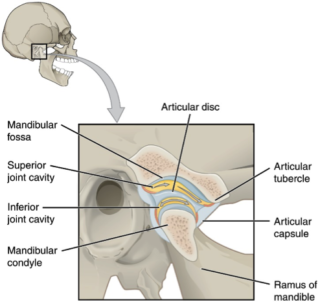
More Dental Health Articles
Why the TMJ Is So Important

As it happens, so many people tell their doctor that “I have TMJ.” What they actually mean is that they have TMJ disorder (TMD). It really is unfortunate that TMJ disorder is so common yet so poorly understood. Basically, TMJ disorder is all about the articular discs that cover the condyles (the top of the jawbone). The disorder reflects the disc displaced and no longer protects the condyle when a person opens and closes their mouth. These discs are critical in helping a person to avoid lots of pain in their joints and which then leads to pain in the neck, back, and the rest of the body.
Many people go to their ENT, neurologist, or their GP (general practitioner) when these discs begin to dislodge and slip off the top of the condyles because they don’t know where else to turn. If their major symptoms are headaches, for example, then the neurologist would often put the person on some kind of pain killer. The GP often would refer the patient to a specialist who would probably do the same- medicate and see what happens. All of this is fine and logical, but eventually it is a good idea to figure out the real source of the problem.
By running a google search of your symptoms, many times you will land on the site of a TMJ specialist. Even then, it is wise to be careful who you visit with. Many of the “specialists” out there are general dentists doing this work and do not have a great handle on the problem. One of the best ways to test for this is to ask if they do an MRI of the jaw joints to check on displaced discs. Because the TMJs are complicated disc systems in the human body, the doctor owes it to the patient to diagnose fully, and this definitely requires a top-quality MRI of the joints to understand the problem. If the doctor feels they can just palpate the joint to determine the problem, it might be wise to look elsewhere.
So how do you get those pesky little discs back into the sockets? The answer is simple, sort of: Just make more room for the discs. That’s easy enough to say, but it takes time and lots of experience to figure out the best way to make that happen. In some cases, just the little buildups called turbos might be enough to make the needed room for the discs. In more severe cases, the patient might need a big splint to really open up the joint space. Having an MRI really helps in figuring out a proper course of treatment and without that information the path of treatment may be incorrect.
As you can well imagine, the TM joint is very important to the human condition and when the discs are displaced the body does not function well. So, find the right doctor to work with and get yourself better.
Other Articles You May Find of Interest...
- Appliances Are In Now: How To Manage TMJ Disorder
- Why The Tooth Fairy Is Very Fun – and Important!
- Let’s Smile Dental’s 7&Up Club
- Strengthening Smiles: Understanding the Importance of Splinting Periodontally Involved Teeth
- Understanding Soft Tissue Grafting: A Key To Periodontal Health
- New Solutions for Dentures and Dental Implants
- Benefits Of Immediate Dental Implants

















